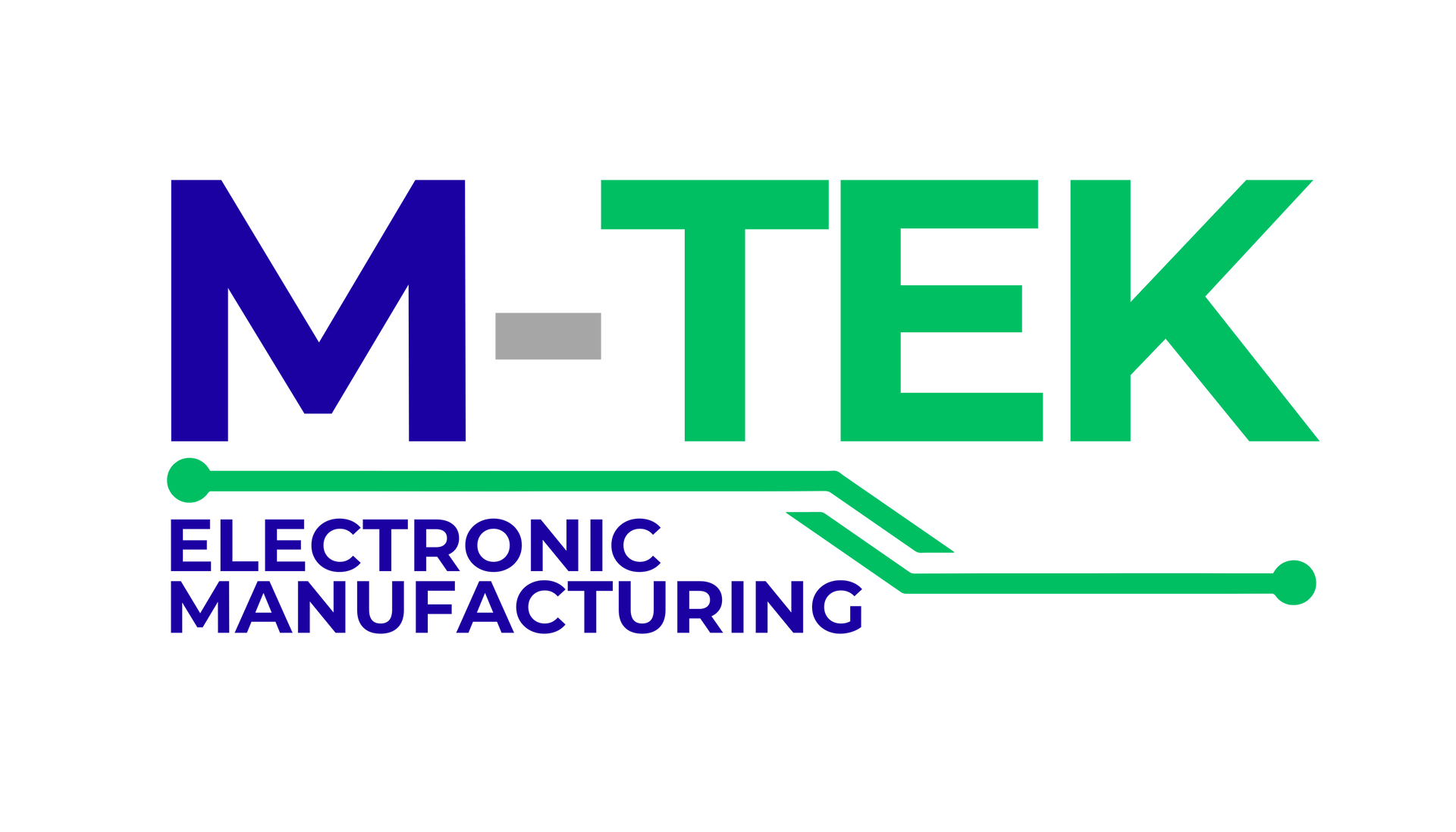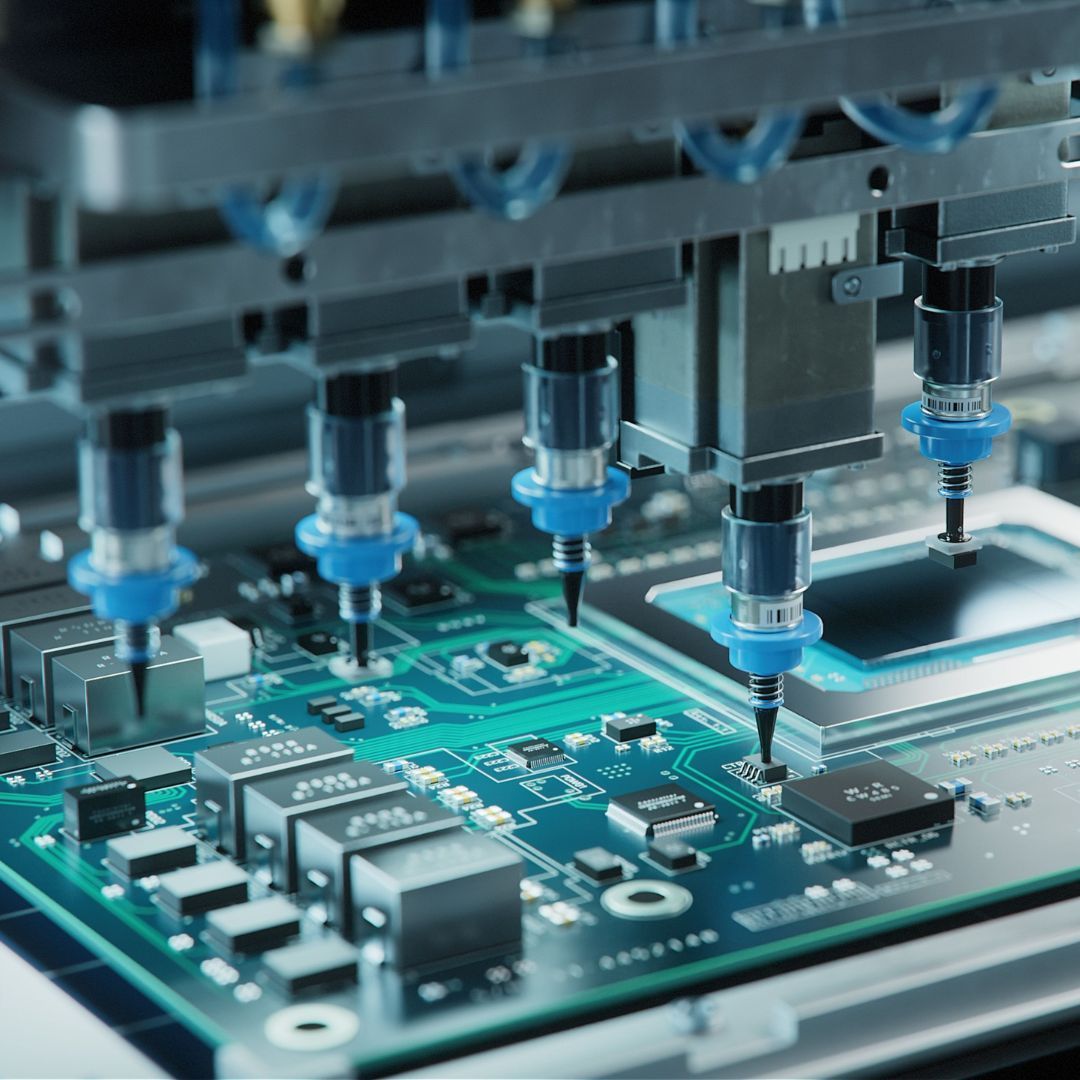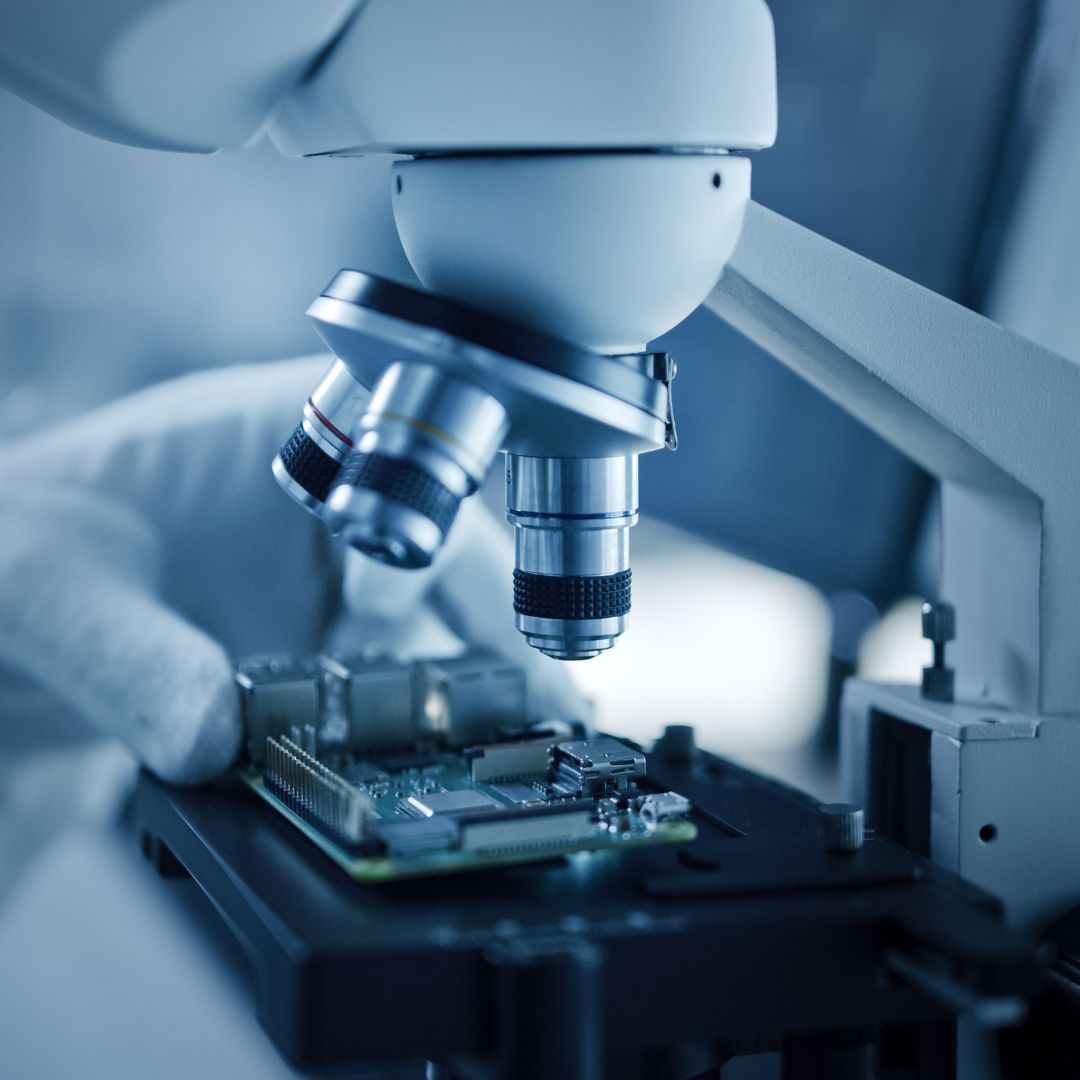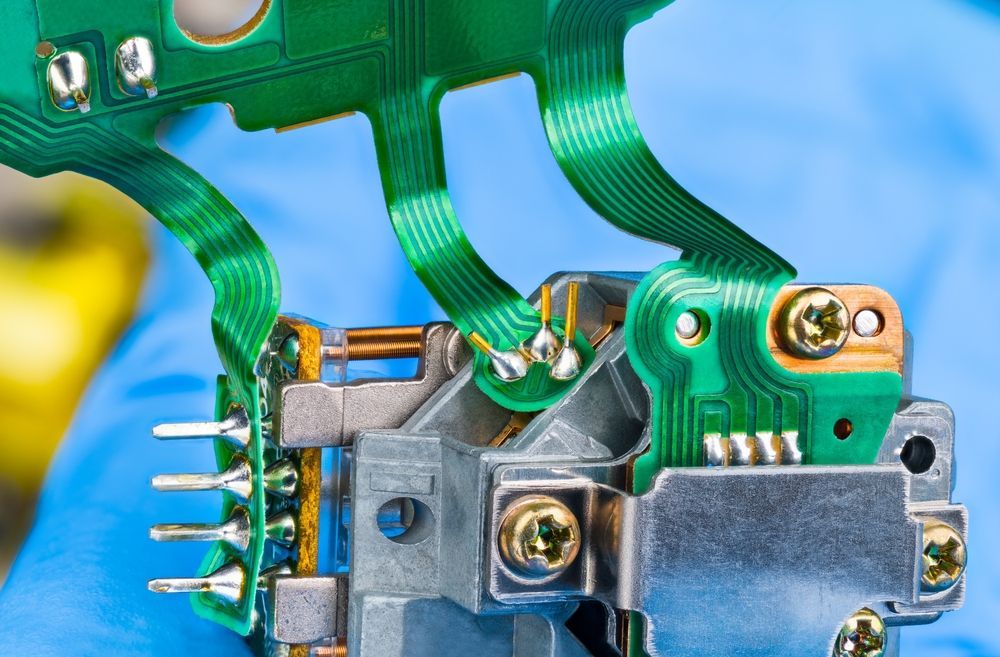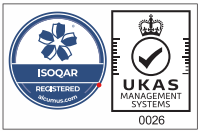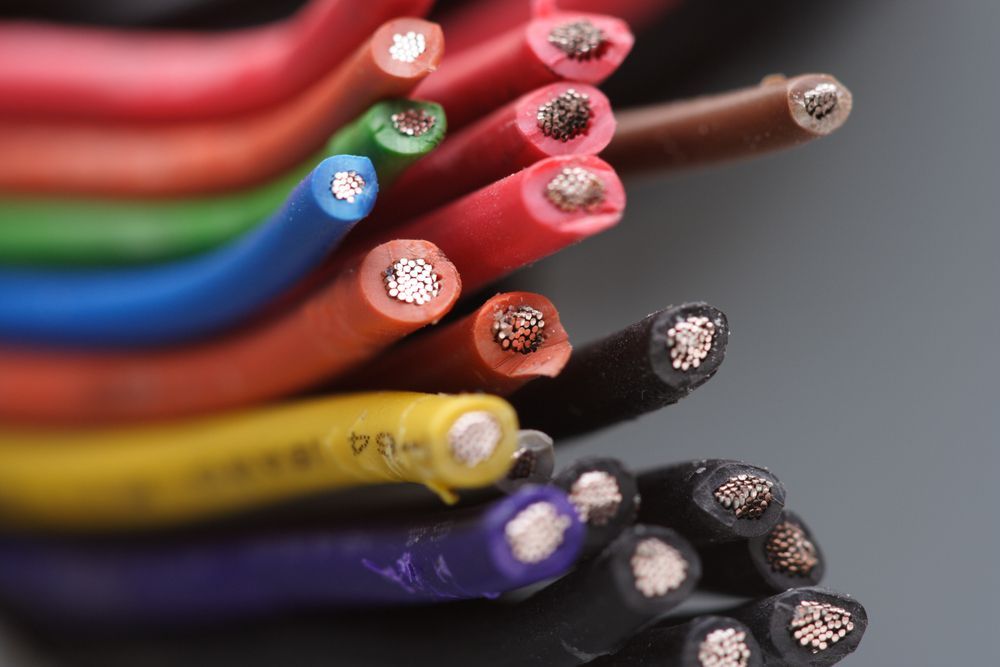
Exploring 7 Different Types of Cable Assemblies
In today's interconnected world,
cable assemblies play a crucial role in facilitating the seamless transmission of data, power, and signals across various industries and applications.
From computer networks and telecommunications to automotive systems and industrial machinery, cable assemblies are essential components that enable the efficient and reliable transfer of information.
With advancements in technology, a wide array of cable assemblies have been developed to meet specific requirements and optimise performance.
Let's delve into the different types of cable assemblies and their applications.
7 Different Types of Cable Assemblies
Outlined below are 7 different types of cable assemblies and their properties.
Coaxial Cable Assemblies
Coaxial cable assemblies consist of a central conductor surrounded by an insulating layer, a metallic shield, and an outer insulating jacket.
They are widely used in high-frequency applications to transmit signals with minimal loss.
Coaxial cables are commonly found in television systems, computer networks, and telecommunications infrastructure.
Ethernet Cable Assemblies
Ethernet cable assemblies, also known as network cables, are designed for computer networking applications.
They utilise twisted pairs of copper wires and follow the Ethernet standard to transmit data packets.
The most prevalent type of Ethernet cable is the Category 5e (Cat5e) cable, followed by Category 6 (Cat6) and Category 6a (Cat6a) cables, which offer higher data transfer rates and improved performance.
Fibre Optic Cable Assemblies
Fibre optic cable assemblies are becoming increasingly popular due to their ability to transmit data over long distances at high speeds.
These cables consist of thin strands of glass or plastic fibres that carry light signals.
They are immune to electromagnetic interference and offer greater bandwidth compared to traditional copper cables.
Fibre optic cable assemblies are extensively used in telecommunications, data centres, and high-speed internet connections.
Power Cable Assemblies
Power cable assemblies are designed to deliver electrical power from a source to a device or equipment.
They come in various configurations and conductor sizes to accommodate different power requirements.
Power cable assemblies can be found in residential, commercial, and industrial applications, powering appliances, machinery, and infrastructure.
USB Cable Assemblies
USB (Universal Serial Bus) cable assemblies are ubiquitous in today's digital landscape.
They provide a standardised connection for various devices, including computers, smartphones, printers, and external storage devices.
USB cables come in different versions, such as USB 2.0, USB 3.0, and USB-C, each offering different data transfer rates and power delivery capabilities.
Audio/Video Cable Assemblies
Audio/video cable assemblies are specifically designed for transmitting audio and video signals.
Examples include HDMI (High-Definition Multimedia Interface) cables, VGA (Video Graphics Array) cables, and RCA cables.
These cables are widely used in home entertainment systems, professional audio/video setups, and multimedia applications.
Custom Cable Assemblies
In addition to the standard cable assemblies mentioned above, there is a vast array of custom cable assemblies tailored to specific requirements.
These can include specialised connectors, unique wiring configurations, and customised lengths.
Custom cable assemblies are commonly used in industries such as aerospace, medical, automotive, and robotics, where specific needs must be met.
Considerations
It's important to note that cable assemblies can vary in terms of quality, durability, and performance.
When selecting cable assemblies for a particular application, factors such as environmental conditions, data transfer requirements, and industry standards should be taken into account.
Final Thoughts
In conclusion, cable assemblies are indispensable components in modern-day technology, enabling the seamless transmission of data, power, and signals.
With a diverse range of cable types available, it is crucial to understand their specific characteristics and applications.
Whether it's coaxial cables for television signals, fibre optic cables for high-speed data transmission, or custom cable assemblies for specialised industries, choosing the right cable assembly is essential for optimal performance and reliability in any application.
M-Tek
At M-Tek Assembly we have decades of experience. We have accomplished a
net-zero carbon footprint by using electric vehicles, and for all PCBs we build, we plant a tree. Contact us today for guidance on anything regarding PCBs, rapid prototyping, and debugging. Call
01189 455377 or follow us on
Twitter to learn more about our products and services.
